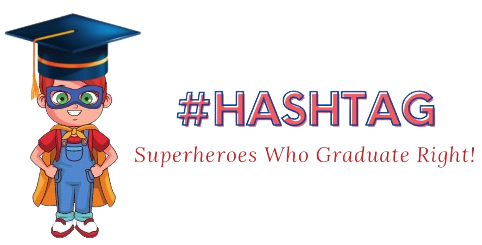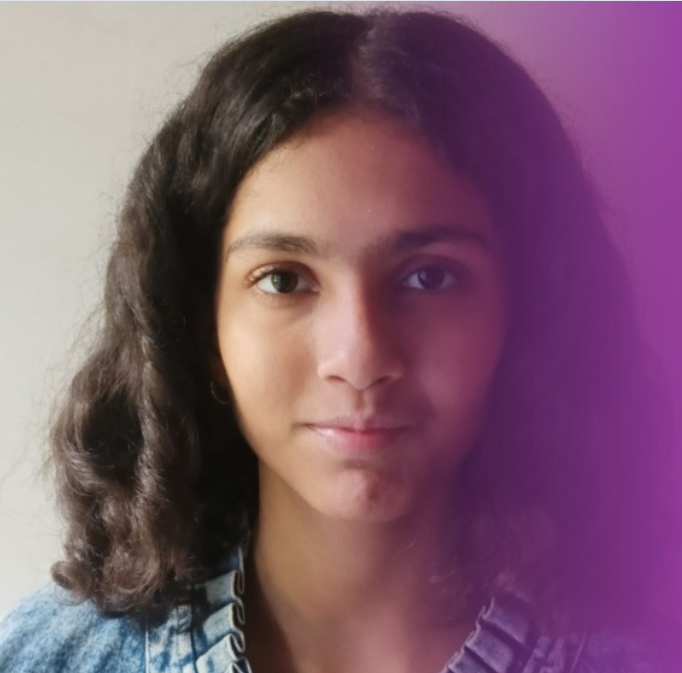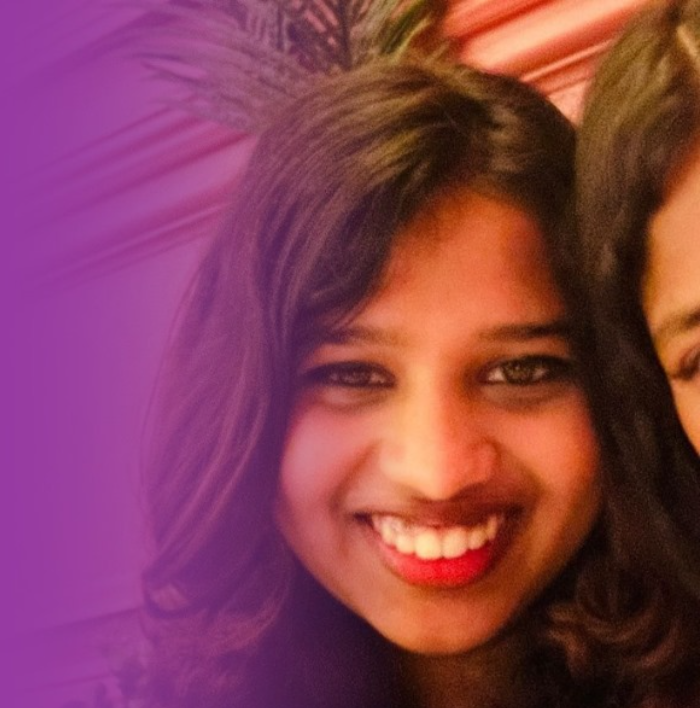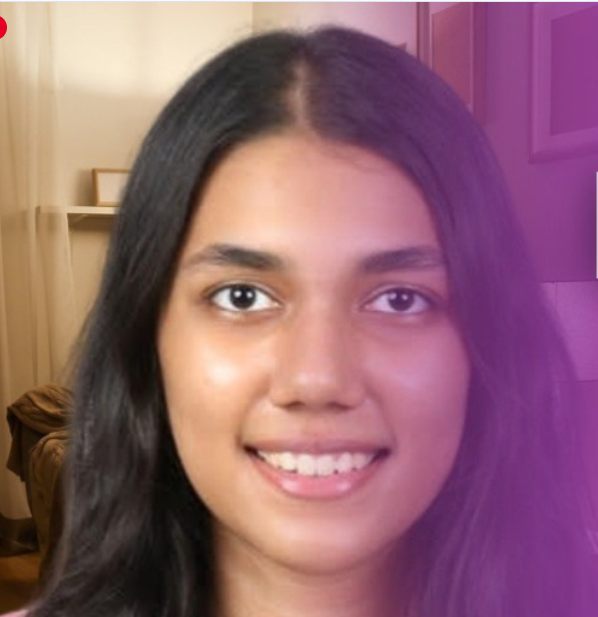
When Quantum Curiosity Meets the Engineering Hype
Background
During a recent one-on-one career counseling session, I met Aarav (name changed), a bright and inquisitive student from a reputed urban school. His academic performance was stellar, his curiosity deep, and his questions unusually thoughtful.
Yet, like many high-performing students today, he stood at a crossroads of confusion.
“I love quantum physics. I want to pursue engineering. Should I go to IIT or IISER?”
This seemingly simple question revealed a web of internal conflict, societal expectations, and career ambiguity that plagues even the most capable students.
The Central Dilemma
Aarav’s question reflected three interconnected challenges:
1. Confusion Between Career and Interest
He conflated engineering with his passion for quantum physics—unaware that these belong to fundamentally different domains: one is applied and solution-driven, the other theoretical and exploratory.
2. Brand Bias vs. Academic Alignment
While IIT attracted him due to its brand prestige, IISER was actually the better fit for his interest in theoretical physics and research. Yet, the lesser-known name didn’t feel as “safe.”
3. Societal Pressure and Limited Exposure
Like many students, Aarav had internalized the belief that engineering is the “secure” route. He had barely been exposed to alternate, equally promising pathways in the sciences.
Deeper Analysis: The Psychology Behind the Confusion
Our conversation uncovered some common psychological patterns:
1. Identity Formation Through Labels
For students, institutions often become identity markers. “IITian” is not just an educational tag—it’s a symbol of achievement. When interests don’t align with that label, it creates internal conflict.
2. Fear of the Unconventional
Despite his love for quantum physics, Aarav was wary of IISER or a research path. The fear wasn’t rooted in lack of capability—it stemmed from perceived uncertainty and employability.
3. Lack of Career Literacy
Neither Aarav nor his parents clearly understood the difference between an engineer, a physicist, and a researcher. This is a broader educational gap—even in top-tier schools—where students excel academically but remain career-illiterate.
Guidance Approach: Reframing the Narrative
To help Aarav gain clarity, we used a structured yet reflective approach:
1. Understanding His “Why”
We explored what exactly drew him to quantum physics—was it the math, the philosophical questions, the challenge, or the wonder of the unknown?
2. Decoding Engineering
We deconstructed what engineering actually entails: solving real-world problems, building systems, designing products—distinct from theorizing about particles and probabilities.
3. Visualizing Career Pathways
We mapped out two parallel trajectories:
- IIT (Engineering): Applied learning, structured programs, problem-solving, industry-readiness.
- IISER (Science & Research): Research-intensive, exploration of fundamental sciences, ideal for higher education and academic careers.
4. Personality Fit vs. Prestige Fit
We discussed what environments excited him more: labs and journals or labs and products? Did he enjoy asking questions, or solving known ones?
Outcome: Clarity Through Conversation
By the end of the session, Aarav had a mindset shift.
- He understood that loving quantum physics didn’t automatically mean engineering.
- He recognized that chasing prestige without alignment might lead to dissatisfaction.
- He didn’t rule out engineering but now saw it as one of many options—not the default one.
Action Points He Took Away
- Attend an IISER Open House to explore its academic culture.
- Speak with a young researcher in theoretical physics to understand the day-to-day.
- Apply for internships/summer schools in both engineering and science to compare experiences.
- Start journaling what excites him across subjects and projects.
Implications for Parents and Educators
Aarav’s case is not isolated—it reflects a system-wide issue:
We are producing academic achievers who lack career self-awareness.
Key Takeaways:
- Parents: Replace fear-driven questions like “How will you earn?” with growth-oriented ones like “What kind of life do you want to lead?”
- Educators: Embed career literacy into high school curriculum—especially the difference between professional and academic pathways.
- Counselors: Create spaces for reflection, not just decision-making. The goal isn’t to tell students what to do—but to help them understand why they want to do it.
Conclusion: Career Clarity Is a Journey, Not a Shortcut
Aarav’s story underscores a critical truth:
Good grades aren’t enough. Students need context, conversations, and confidence to choose wisely.
Until we help students answer “Why should I go there?” rather than just “Where can I go?”, confusion will persist—no matter how capable they are.






